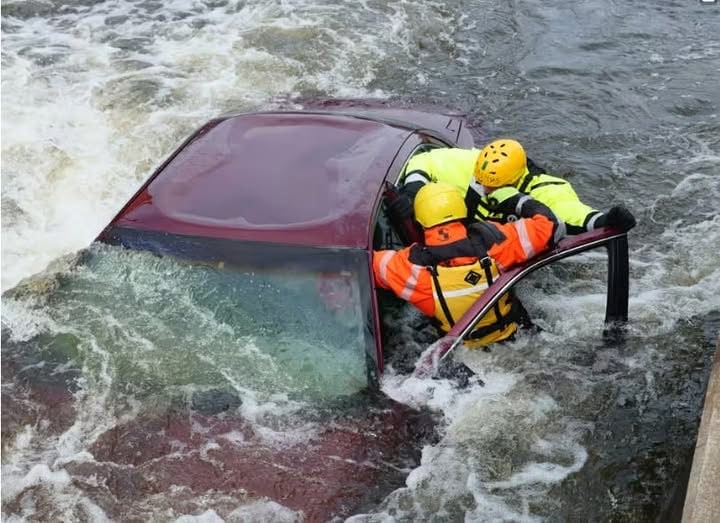Ancient Warning Emerges On Hawaiian Shore Days Before Massive Earthquake
Ancient Warning Emerges On Hawaiian Shore Days Before Massive Earthquake
Mysterious petroglyphs, believed to date back 600 to 1,000 years, have reappeared along the shoreline of Pōkaʻī Bay in Waianae, Oahu. Uncovered by receding tides on July 23, the 26 carvings had not been fully visible since 2016.
The ancient symbols—mainly stick-figure humans—stretch across 115 feet and are thought to hold historical or spiritual meaning. While archaeologists acknowledge their significance remains unclear, Native Hawaiian practitioners believe they may carry warnings about environmental change.
“It’s telling the community that the ocean is rising,” said Glen Kila, a cultural practitioner who interprets the carvings as ancestral signs of climate threats.
Just days later, an 8.8-magnitude earthquake struck Russia’s Kamchatka region—the most powerful there since 1952—triggering tsunami warnings and waves that reached Hawaii and the U.S. West Coast. The Hawaii Emergency Management Agency advised people to avoid coastal areas and marinas, though evacuation orders were later lifted.
The petroglyphs, usually hidden by sand and surf, are rarely seen in full. Beachgoers observed them clearly after soft waves washed away algae from the sandstone boulder. Archaeologists noted that 18 of the carvings are anthropomorphic, and eight may depict male genitalia.
Kila interprets one large figure—one hand pointing up, one down—as a symbol of sunrise and sunset, possibly representing Maui, the Hawaiian demigod associated with the sun and creation myths.
“It’s a religious symbol,” said Kila, comparing it to the cross in Christianity. While no direct link has been proven between the carvings and the recent quake, their timely reappearance has some Native Hawaiians concerned about upcoming natural disasters.
The carvings continue to stir curiosity and reverence—silent witnesses to a history that still speaks through stone.






